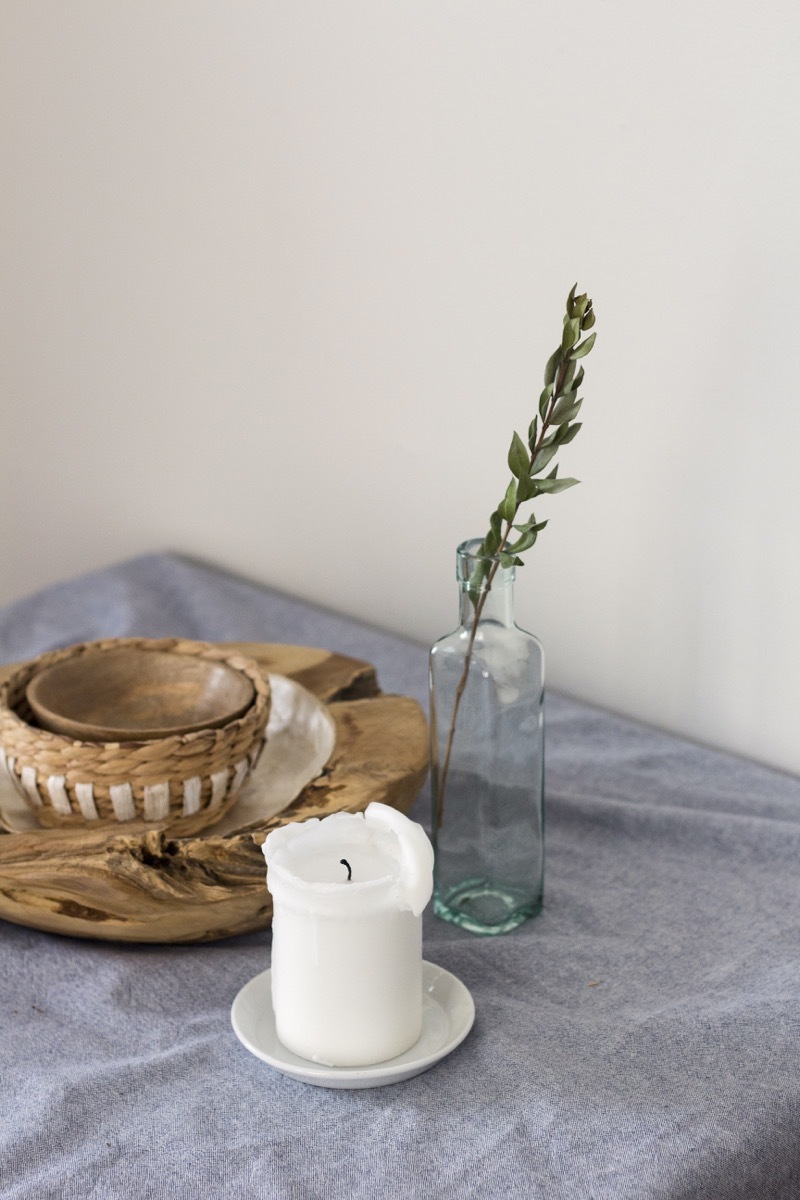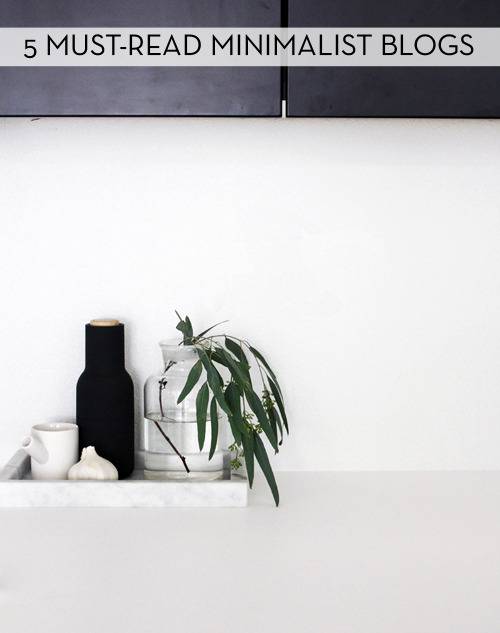I used to own this cup and saucer set. It was white with a yellow border – I found it at the thrift store. The handle of the cup was comfortable, and the saucer large. I loved it. I loved it in a way that it seemed to make my coffee taste better in the morning. One day, my yellow cup met a fate that many ceramic dishes face. It was dropped, and the cup cracked. The vessel was still usable after its accident, after a bit of gluing. But it never looked the same again. A piece of the ceramic was missing, a chunk gone. I still held onto it, because I loved this cup, and life happens, you know? This is, roughly, the definition of wabi-sabi.
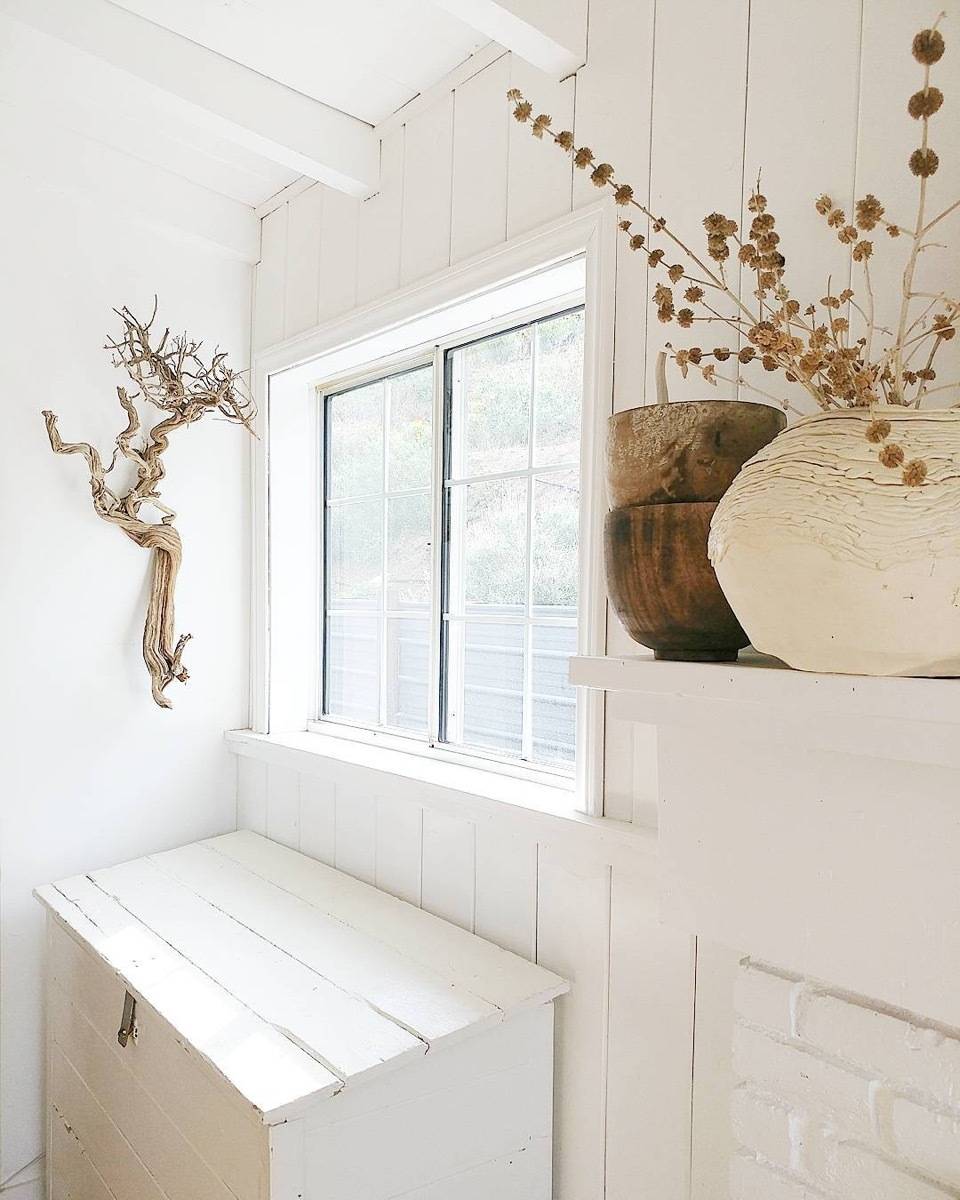
I only heard of the term wabi-sabi recently, but I was immediately intrigued by the concept. Being someone who is always fighting with achieving perfection in reality, I am drawn to the freedom of wabi-sabi, and can see its value in the Western world. I’m no expert on the topic, but here’s what I’ve come to understand about this Zen Buddhist aesthetic.
Definition: What is Wabi-Sabi?
Traditionally speaking, wabi-sabi is the acceptance of imperfection as an aesthetic.
Let’s start from the beginning. In Buddhism, there are three marks of existence that are taught about. The first is impermanence – the idea that nothing that is alive will last forever. The second is suffering – that all living things suffer. And the third is lack of self – that all living things contain no permanent soul (which is where the idea of reincarnation comes into play). Wabi-sabi was born out of the teachings of these three marks of existence. If all this talk about suffering and impermanence is getting you down, try shifting your perspective.
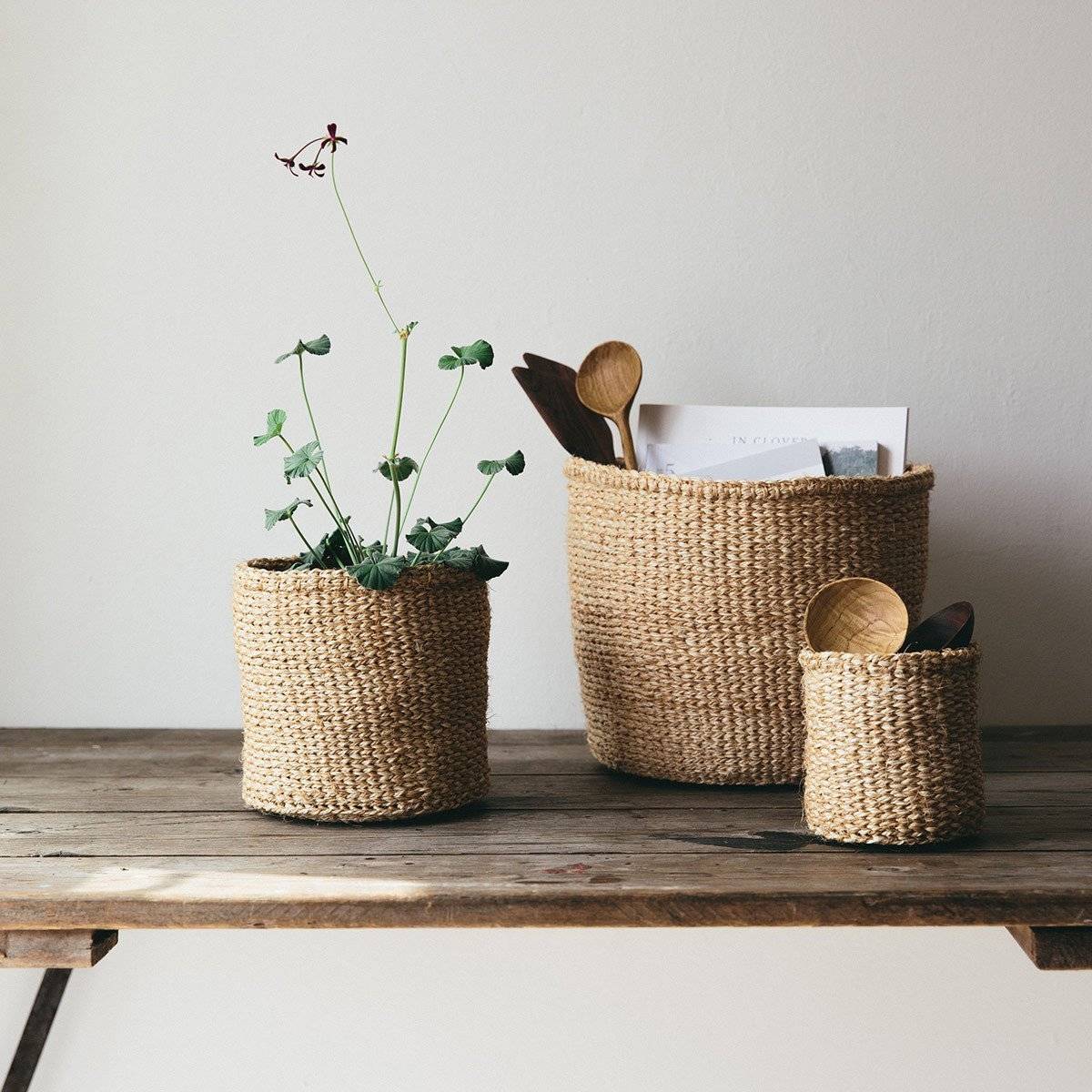
The Aesthetic of Zen Buddhism
Rather than wallow in the idea that nothing is permanent and every living creature suffers, over time the translation of these definitions changed. It was in Japanese culture that wabi-sabi moved away from a nihilistic mindset and became revered as a sort of flawed beauty.
Wabi-sabi, like many forms of Eastern art and design, exists as almost an opposite to Western culture. Rather than always aiming for perfection, wabi-sabi embraces that perfection is unrealistic. There is nothing grand about the Zen Buddhism aesthetic. Instead, it’s introspective. It says, Yes, the cup is chipped, and is now imperfect. And we accept that as beautiful. Because life is imperfect, and life is beautiful.
Examples: The Wabi-Sabi Home
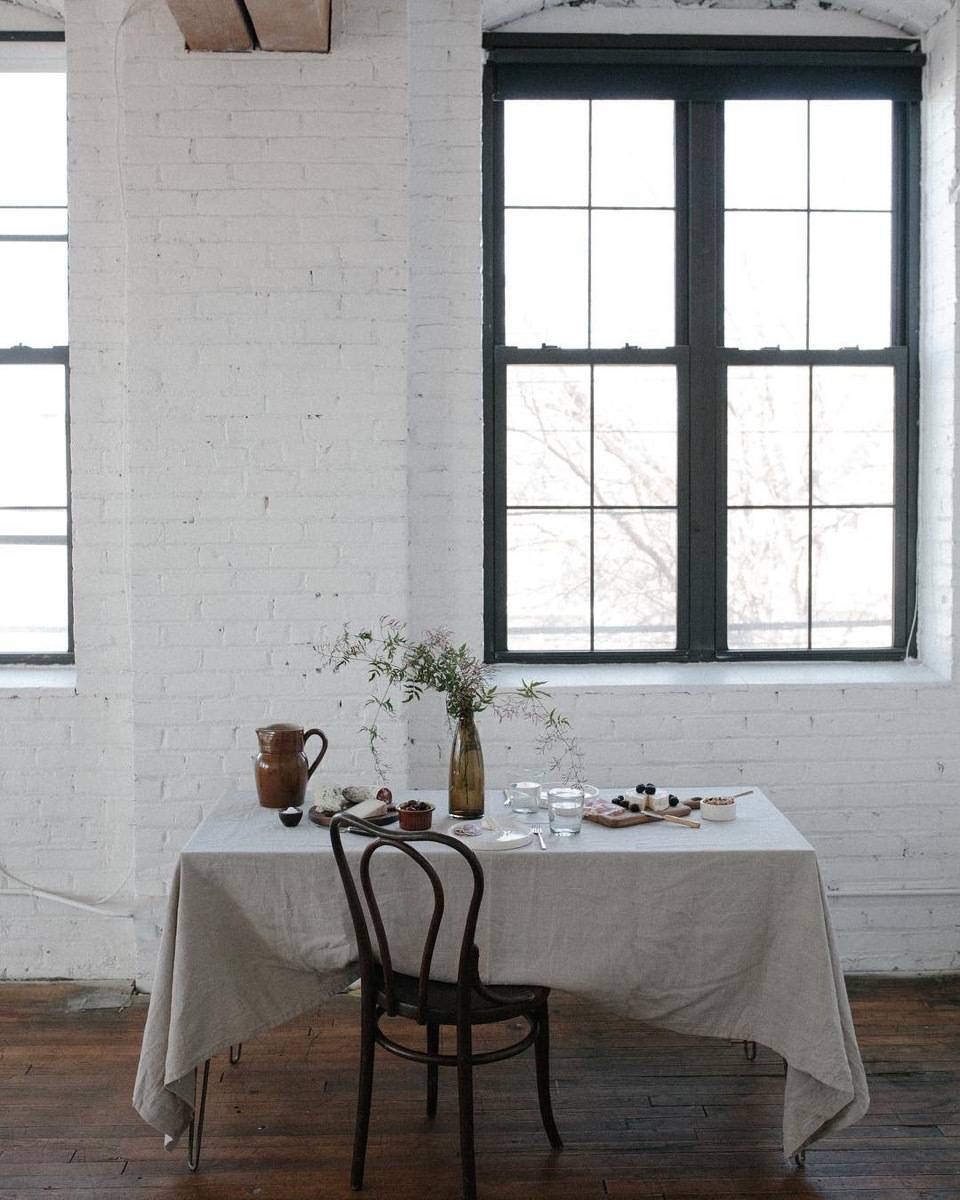
So how does this life-is-messy-and-that’s-okay mindset translate into the home? It can be as small an act as accepting the chipped dish as a beautiful part of your life. Maybe it’s the acceptance of a wobbly chair that you love in spite of its imbalance. Wabi-sabi exists almost opposite of the culture that we in Western Civilization are accustomed to. In Western culture, bigger is better, everything is store-bought, and if something is broken, throw it out immediately. A wabi-sabi home is quieter, unfocused on grandious materialism, and forgiving. On the scale of home decor, the wabi-sabi home is somewhere between bohemian and minimal. Here are some queues to take when considering this quieter design style.
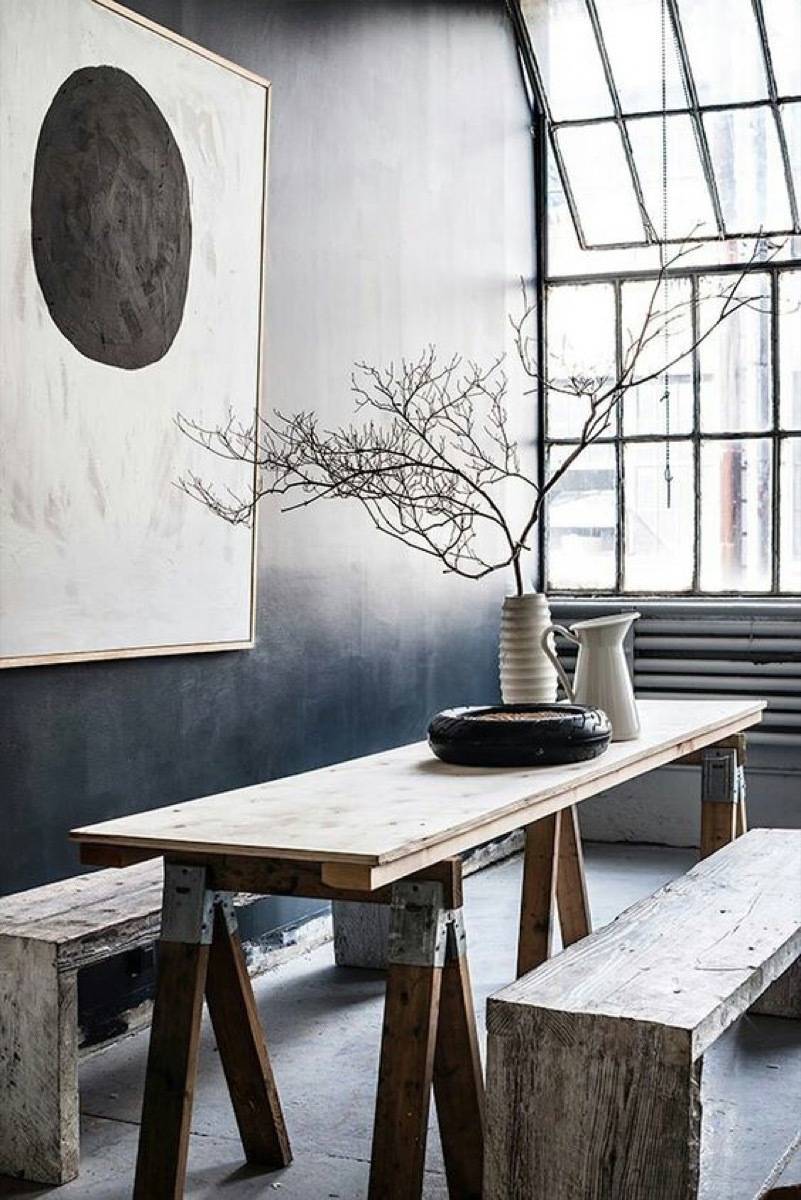
Natural materials
Natural materials are the best method for embracing a wabi-sabi home. You can’t control how a fresh flower blooms, nor can you totally tame a hosueplant. Add texture to your home through natural materials like dried flowers, furs, and raw woods.
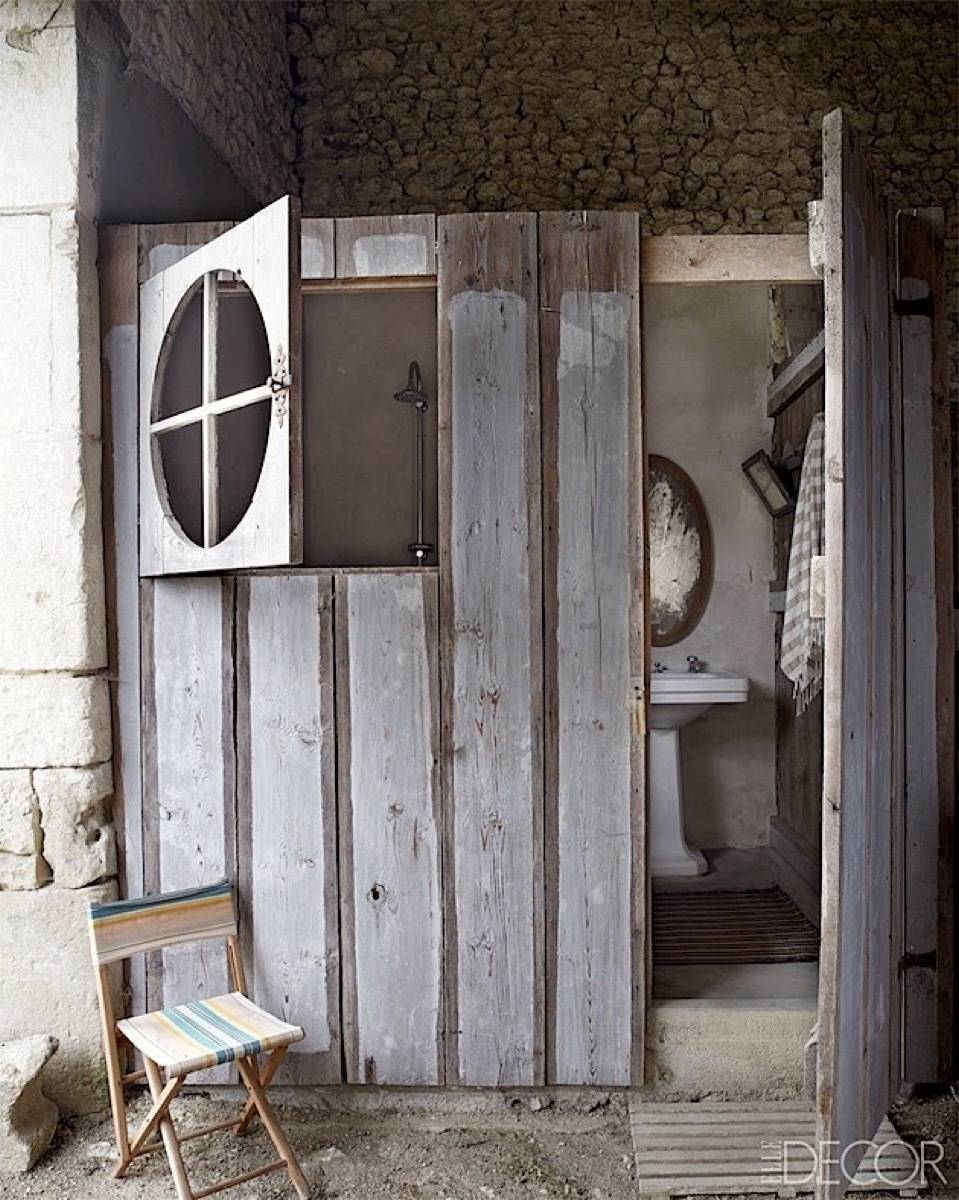
Natural colors
When choosing color to bring into your wabi-sabi home, mimic the hues of nature. There’s nothing manufactured about the Zen Buddhist aesthetic, and your color scheme should flow with this idea. Pick calm blues like water, earthy neutrals, greens, and grays.
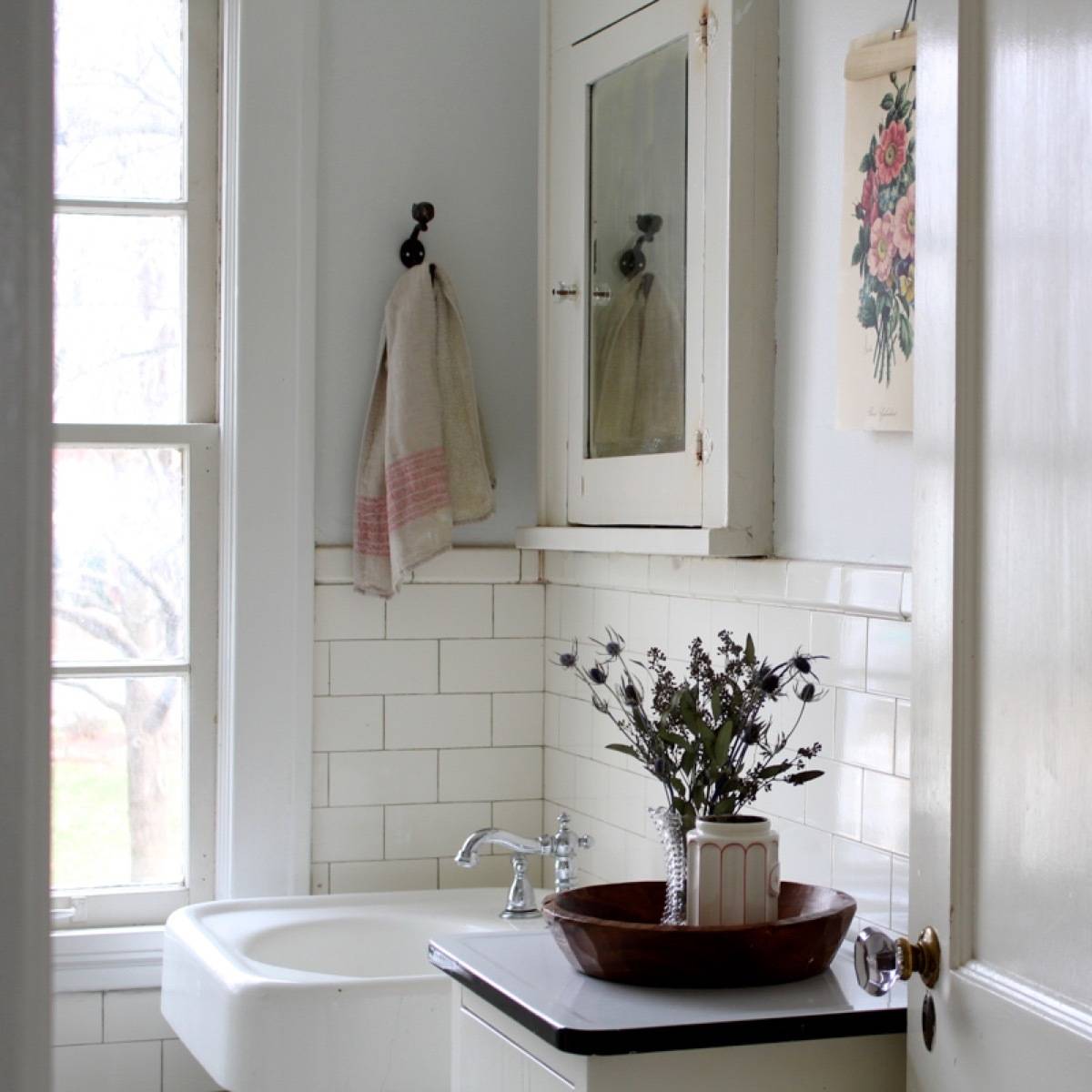
Utility and design
What separates a wabi-sabi home from a bohemian one is utility. Remember, this aesthetic is un-fussy. There should be little in your home that doesn’t serve a purpose. The appliances and electronics you have in your home should be there because they work, not because they’re the newest and or most recent version released. Artwork should bring joy, not just fill space. Everything has its role, and that role includes bringing joy, so don’t feel like you have to strip your home totally down to utility only.
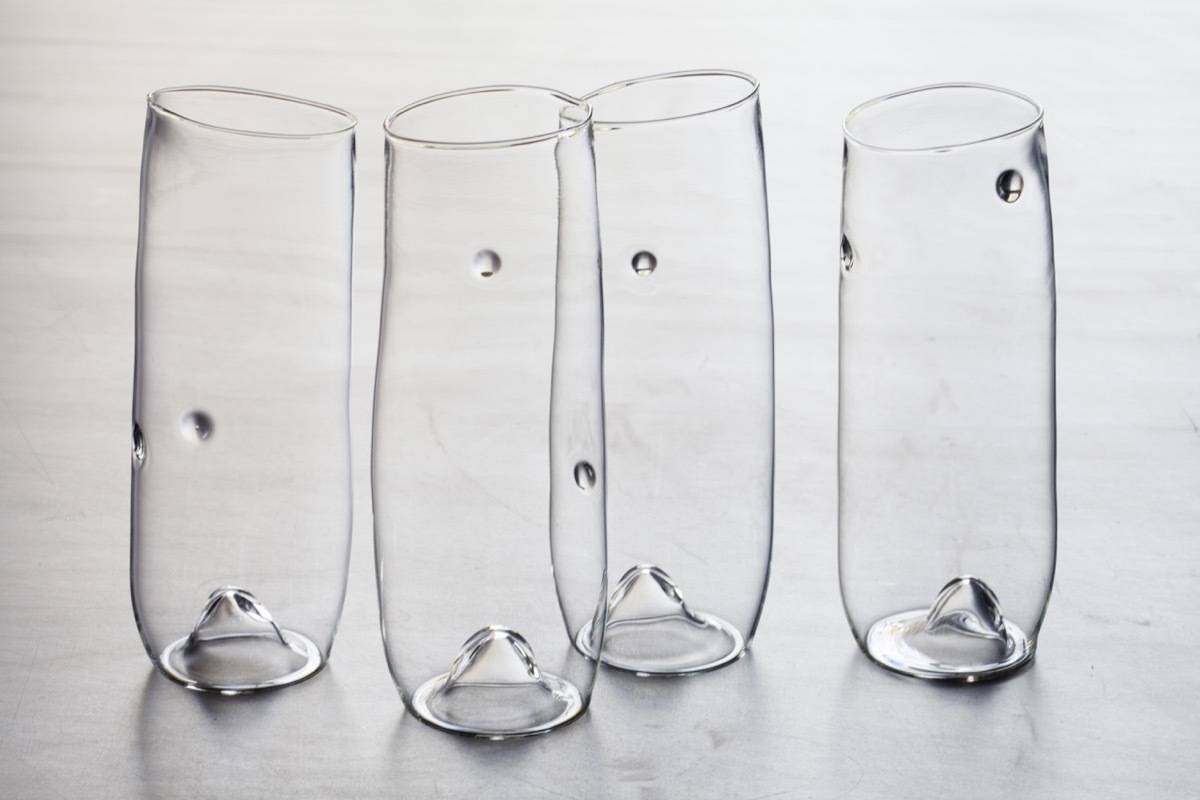
Fewer items of higher value
Western culture is obsessed with buying and spending, and that mindset is engrained in every facet of our culture, including interior decorating. The wabi-sabi home exists opposite of that, putting value in usefulness over trend. Sturdy fixtures and furniture tend to be more expensive, but their higher cost will pay off in their longevity. Focus on bringing fewer items into your home, and be mindful that what you do incorporate should be sturdy and long-lasting.
Important People – Leonard Koren
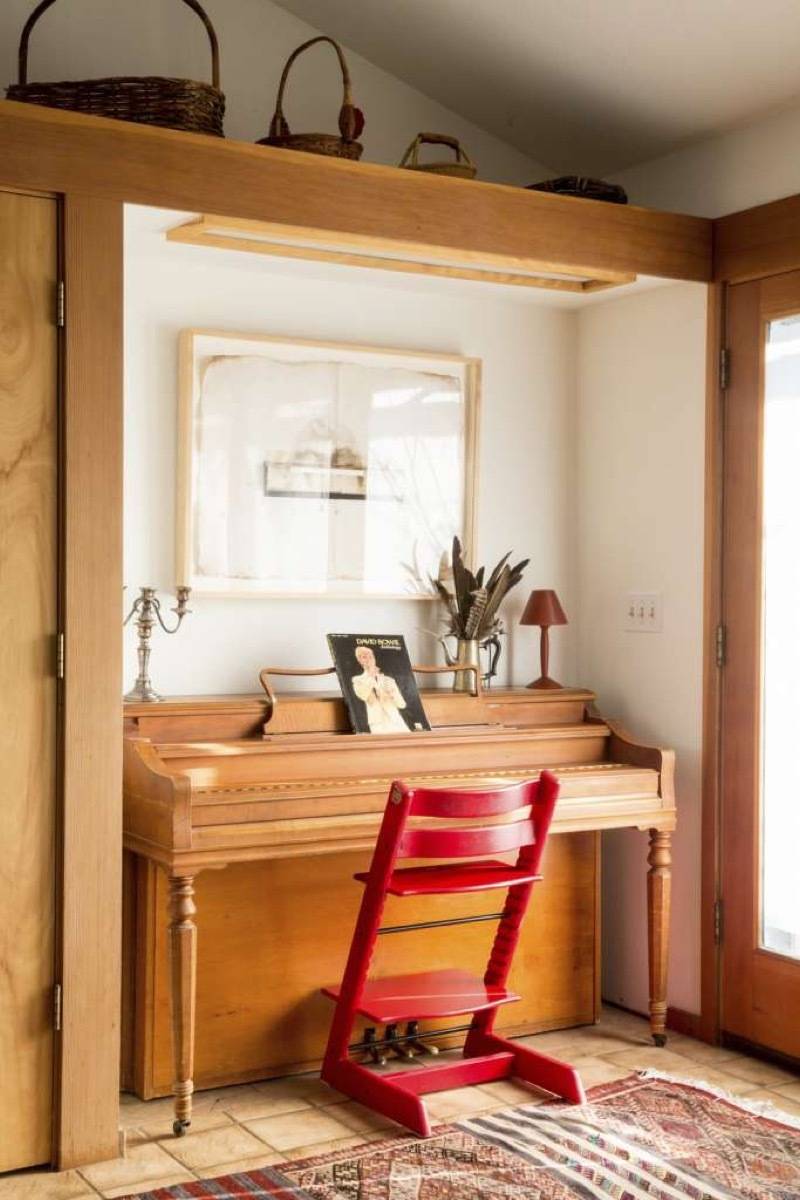
Just as hygge has Meik Wiking, wabi-sabi has its big player, too. Let’s talk about Leonard Koren, the American artist and aesthetic afficionado. Born in New York City in 1948, Koren made his first big splash in the design world by founding WET Magazine (did you catch the pun?), a publication that focused on gourmet bathing. After that, Koren went to live in Japan, where he wrote several books on the wabi-sabi aesthetic, successfully introducing this Japanese Philosophy into Western culture.
“‘Material poverty, spiritual richness’ are wabi-sabi bywords. In other words, wabi-sabi tells us to stop our preoccupation with success – wealth, status, power, and luxury – and enjoy the unencumbered life.”
– Excerpt from Koren’s book, Wabi-Sabi for Artists, Designers, Poets & Philosophers
More Resources – Books/Articles
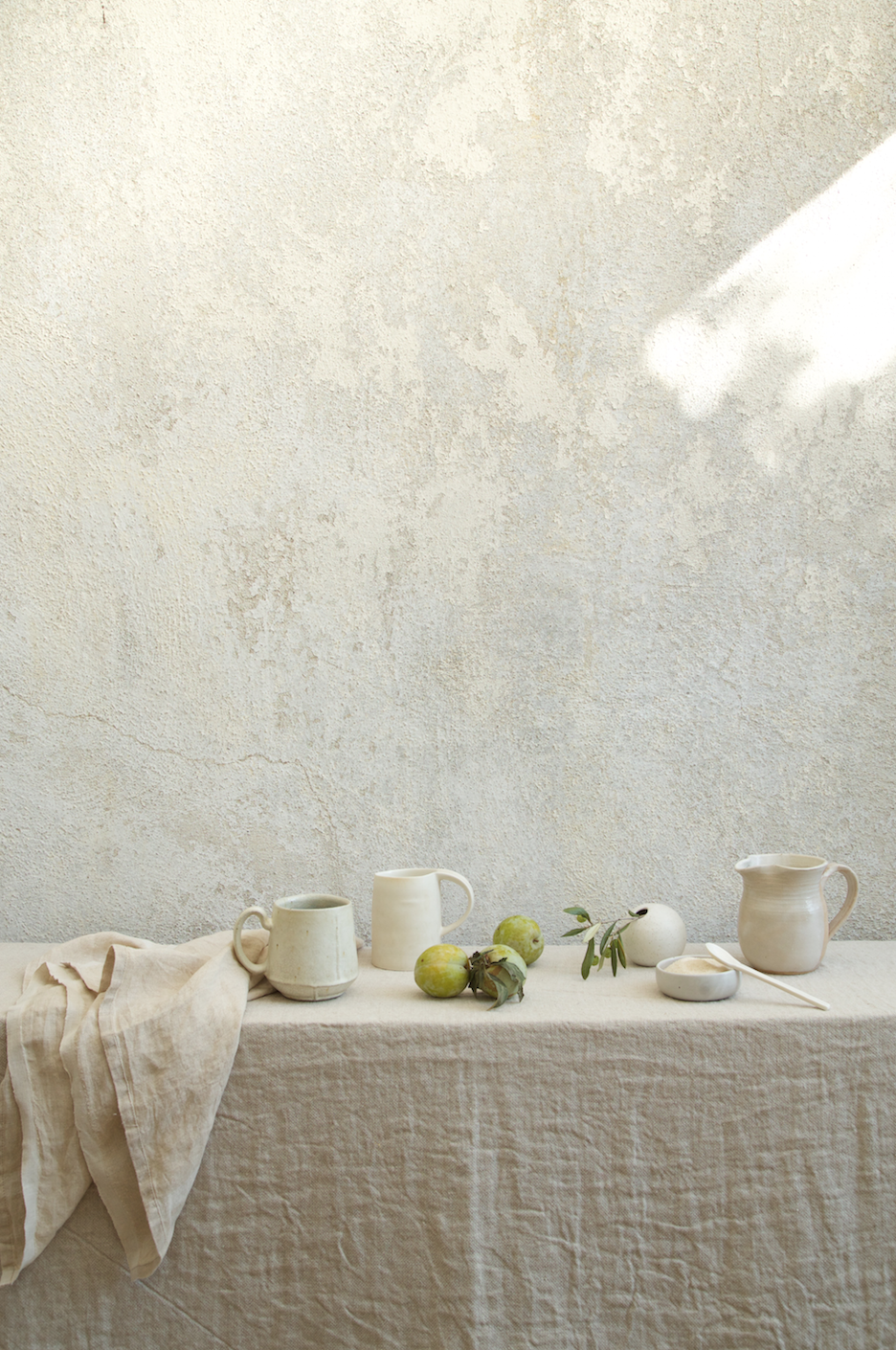
If you are interested in learning more about the wabi-sabi aesthetic, there are lots of resources out there. In additon to Leonard Koren’s works, check out these articles and books as well:
- Wabi-Sabi: A Japanese Aesthetic as Worldview – This article goes deep into the Japanese roots of Zen Buddhism, and answers all your questions about the aesthetic in practice.
- Wabi-Sabi: Finding the Beauty and Peace in Ordinary Things – This article from Mother Earth News includes 12 ways to cultivate wabi-sabi.
- Wabi-Sabi Welcome by Julie Pointer Adams – A journey of discovering wabi-sabi all over the globe, and lots of beautiful imagery.
- The Natural Home by Hans Blomquist – Visual inspiration on bringing nature into the home as part of the overall design. A case study on the natural color pallete.
- Imperfect Home by Mark Bailey and Sally Bailey – While this book isn’t about the wabi-sabi home per se, it still deals with the action of accepting imperfection in decor.
- The Kinfolk Home: Interiors for Slow Living by Nathan Williams – What it looks like to simplify your life from a design perspective. Again, not wabi-sabi exactly, but a nice pairing.
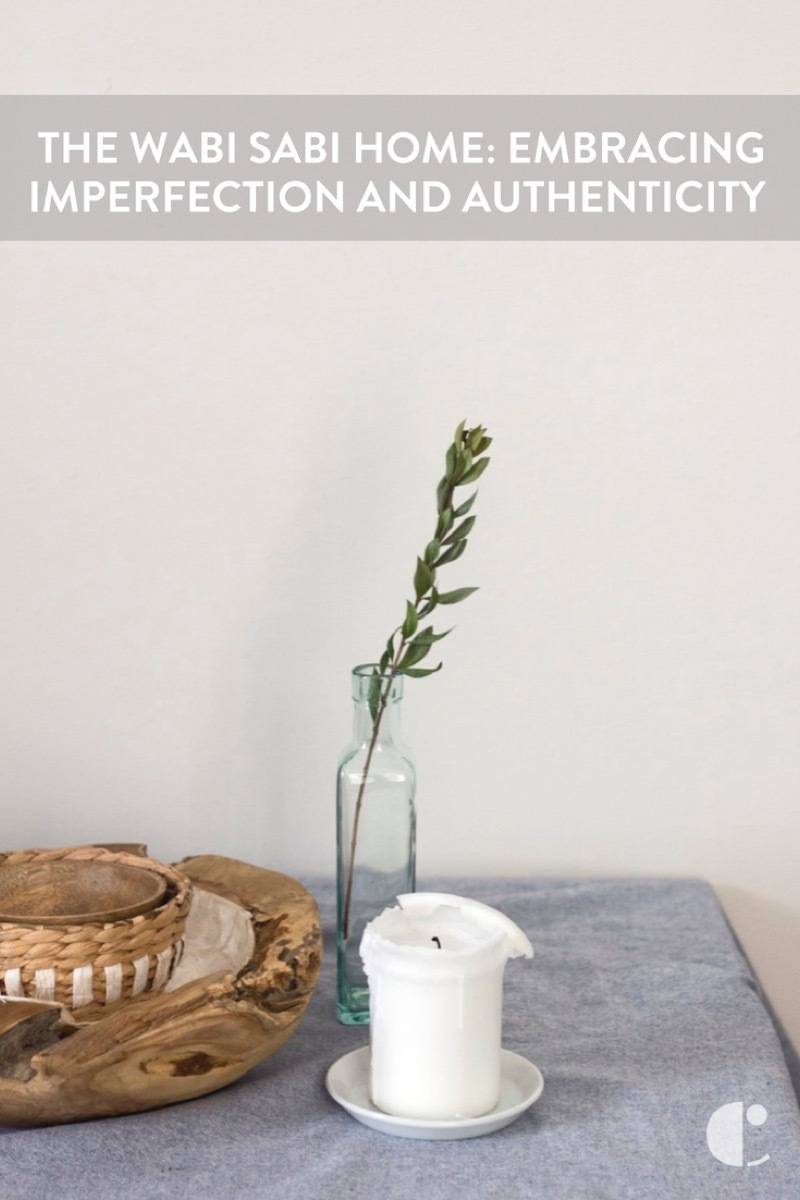
Even if you don’t want to take on wabi-sabi as an entire design scheme, this Japanese philosophy can be an enriching aid to anyone. Perfection is unreal – life is imperfect. This imperfect life is the only one we have, so why not celebrate it?
